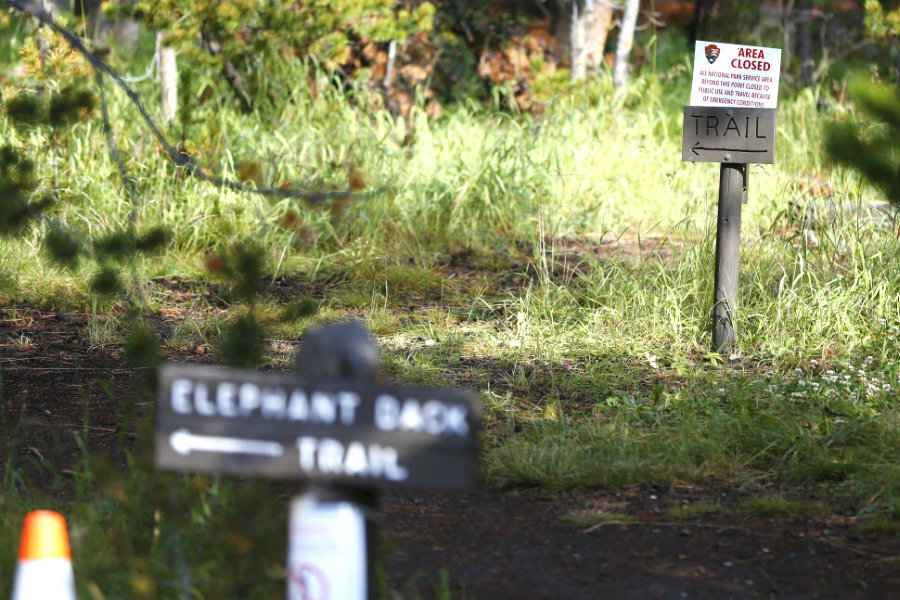Hiker identified in grizzly attack: How common are bear encounters?
Loading...
Rangers at Yellowstone National Park have captured a grizzly they believe was involved in the park’s first deadly bear attack since 2011.
The female grizzly bear was caught early Saturday morning after rangers set up traps in the area where a man’s body was found hours before. The National Park Service has identified the victim as Lance Crosby of Billings, Montana. Mr. Crosby was an experienced hiker and had worked as a seasonal employee with a company contracted to operate medical clinics in the park. He was believed to have been hiking alone at the time of the attack.
Park officials will complete several tests – such as comparing the bear’s DNA to that found on the victim’s body, as well as matching the shape and size of the bear’s tracks to those found in the area – to identify the bear as the one involved in the killing, USA Today reports. Officials sent DNA evidence to a lab Monday morning for testing, and results will come in the next few days, according to the news outlet.
If the captured bear was involved, then she will be put down, Yellowstone Superintendent Dan Wenk said in a statement.
“We may not be able to conclusively determine the circumstances of this bear attack, but we will not risk public safety,” Mr. Wenk said.
In general, fatal bear attacks are rare. From 1980 to 2011, about 90 million people visited Yellowstone, the National Park Service estimates. In that same period, 43 people were injured by bears in the park. Grizzly attacks on humans are even less common, averaging about 1 incident every 11 years for visitors who stay in the park’s developed areas and about 1 a year in backcountry areas.
In the event of a bear encounter, experts suggest determining whether the bear is acting defensively or offensively.
“A defensive bear is one you have surprised, which can elicit an extremely rapid attack,” according to the Montana Fish, Wildlife and Parks guidelines. “If such a bear strikes or bites, you should drop to the ground (keeping your pack on), lie flat, and protect your head and neck. Continue to play dead until the bear leaves.”
An offensive bear, on the other hand, is one that appears to be moving purposefully toward you, or has come into camp at night. “In these extremely rare cases, say bear experts, make loud noises and wave your arms before the bear makes contact,” the guidelines read. “If the bear does strike or bite, aggressively fight it off with any means at your disposal.”
The most important thing to remember is to stay calm, the guidelines add.
The Montana hiker’s body had been found Friday in a popular backcountry area about 5 miles from Elephant Back Loop Trail near Yellowstone Lake in the middle of the park, Yellowstone spokeswoman Amy Bartlett said.
It did not appear he was carrying bear spray, she added. Park visitors are advised to carry bear spray and hike in groups to avoid encounters with the more than 700 federally protected grizzlies that roam the area.
This report contains material from the Associated Press and Reuters.






